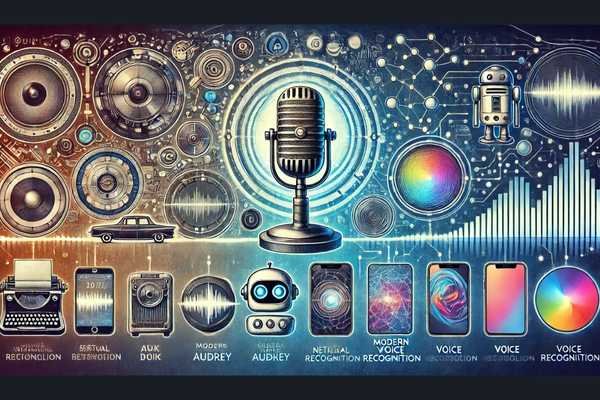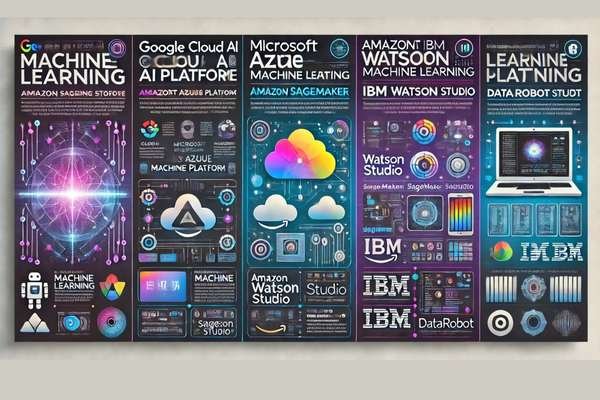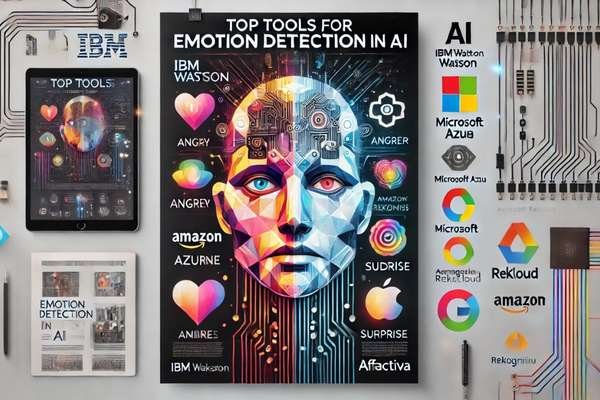
How Does Voice Recognition Technology Work ?
September 27, 2024
What is voice recognition technology
September 27, 2024Voice recognition technology, a cornerstone of modern digital interaction, has evolved tremendously over the past few decades. From smart assistants like Alexa to automated customer service systems, it has become an essential tool for digital marketing professionals, developers, and content creators. But who invented voice recognition technology? How did it all start, and what key milestones have defined its journey? In this article, we’ll explore the evolution of voice recognition technology, the minds behind its innovation, and its implications in today’s digital landscape.
Table of Contents
Chapter 1: The Origins of Voice Recognition Technology
The invention of voice recognition technology cannot be attributed to a single individual. It was a collective endeavor that spans multiple decades and contributions from pioneers in computer science, linguistics, and artificial intelligence.
1.1. The Early Days: Bell Labs and Audrey (1950s)
In the 1950s, Bell Labs, a leading research institution, made one of the first breakthroughs in voice recognition technology with Audrey. Audrey, short for “Automatic Digit Recognition,” was a primitive system that could recognize spoken digits from zero to nine with limited accuracy. While rudimentary by today’s standards, Audrey marked the first step in enabling machines to comprehend human speech.
1.2. Shakey the Robot and the 1960s Developments
In the 1960s, a robot named Shakey developed by the Stanford Research Institute took the next significant leap. Though Shakey wasn’t a voice recognition system per se, it incorporated elements of natural language processing (NLP), setting the stage for future advancements in the field. This period also saw increasing research interest from institutions like MIT and Carnegie Mellon University (CMU), which laid the groundwork for future breakthroughs.
Chapter 2: The Leap Towards Modern Voice Recognition
2.1. Hidden Markov Models and Statistical Methods (1970s-1980s)
The next major advancement came in the 1970s with the introduction of Hidden Markov Models (HMMs). Pioneers like Fred Jelinek at IBM and Raj Reddy at Carnegie Mellon University were instrumental in introducing statistical methods into voice recognition. HMMs allowed machines to model and predict speech patterns more accurately by recognizing sequences of sounds rather than individual words, improving the technology’s real-world application.
IBM introduced the Shoebox, a machine capable of understanding and performing basic arithmetic through voice commands. IBM’s continuous research efforts eventually contributed to the development of the Tangora system in the 1980s, which significantly improved accuracy by allowing continuous speech recognition rather than isolated word recognition.
2.2. The Dragon Dictate Era (1990s)
The 1990s marked a pivotal moment for voice recognition with the introduction of Dragon Dictate, the first consumer-focused product developed by Dragon Systems. It was expensive and required significant training but was revolutionary for its time, enabling users to transcribe speech into text. This was a significant shift, making voice recognition technology more accessible to the masses.
Dragon Dictate laid the foundation for later products, especially in the healthcare industry, where doctors could dictate patient notes directly into computers.
Chapter 3: The AI Revolution and Neural Networks
3.1. The Role of AI in Modern Voice Recognition (2000s and Beyond)
The integration of artificial intelligence (AI) and deep learning in the 2000s revolutionized voice recognition technology. Companies like Google, Apple, and Microsoft began investing heavily in neural networks that could process large amounts of voice data to improve accuracy and adapt to different accents, dialects, and languages.
Siri, Apple’s voice assistant introduced in 2011, is a prime example of how AI-enhanced voice recognition transformed everyday digital interactions. Siri uses natural language understanding (NLU) and machine learning algorithms to learn from user interactions, making it more effective with continued use.
3.2. The Rise of Virtual Assistants: Alexa and Google Assistant
The introduction of Amazon’s Alexa in 2014 and Google’s Assistant in 2016 further exemplified the strides made in voice recognition. These systems rely on cloud computing, AI, and vast datasets to enable real-time speech-to-text conversion and contextual understanding.
Machine learning algorithms allow these systems to continuously improve by analyzing user commands and preferences, which are critical for digital marketing professionals seeking to integrate voice search optimization into their strategies.
Chapter 4: The Role of Voice Recognition in Digital Marketing and Content Creation
4.1. Voice Search Optimization: A New Frontier for SEO
With the increasing adoption of voice-activated devices, voice search optimization has become a critical component of SEO strategies. Marketers need to adapt their content to cater to voice searches, which are often longer and more conversational compared to traditional text-based searches. This shift means focusing on natural language, question-based queries, and featured snippets.
4.2. Enhancing User Experience with Voice Commands
For developers and content creators, integrating voice recognition into apps and platforms can significantly enhance user experience (UX). Voice interfaces allow users to navigate websites, make purchases, or engage with content more intuitively. As AI continues to improve voice recognition accuracy, the potential for creating seamless, hands-free experiences expands.
Chapter 5: The Future of Voice Recognition Technology
5.1. AI and Personalization
Looking ahead, voice recognition technology will continue to evolve with advancements in AI-driven personalization. The ability to personalize interactions based on user preferences, behavior, and even emotions will redefine how digital marketers and developers approach voice interfaces.
5.2. Ethical Considerations
As with any rapidly advancing technology, there are ethical concerns surrounding voice recognition. Issues such as data privacy, consent, and potential misuse in surveillance are being debated by experts and policymakers. Marketers and developers need to be mindful of these concerns and ensure that voice technology is used responsibly.
Who invented voice recognition technology Recap
Key Milestones in Voice Recognition Technology
1950s – Bell Labs’ Audrey
The first system capable of recognizing spoken digits, laying the foundation for future advancements.
1970s – Hidden Markov Models (HMMs)
Pioneered by Fred Jelinek and Raj Reddy, HMMs introduced statistical methods for improved speech recognition.
1990s – Dragon Dictate
The first consumer-focused voice recognition product, revolutionizing transcription and accessibility.
2011 – Siri
Apple’s virtual assistant brought voice recognition into mainstream consumer technology, powered by AI and NLP.
2014-2016 – Alexa and Google Assistant
Amazon and Google launched AI-driven virtual assistants, showcasing real-time voice processing and contextual understanding.
Frequently Asked Questions (FAQ)
1. Who invented voice recognition technology?
Voice recognition technology doesn’t have a single inventor. It has been developed over decades through contributions from researchers at institutions like Bell Labs, IBM, Stanford, and Carnegie Mellon. The earliest systems, like Audrey and Dragon Dictate, laid the groundwork for today’s AI-powered voice assistants.
2. How does voice recognition technology work?
Modern voice recognition systems use a combination of AI, machine learning, and neural networks to process spoken words, convert them into text, and interpret their meaning. Algorithms are trained on vast datasets to improve accuracy, understand context, and even learn from user interactions.
3. What are the applications of voice recognition technology in digital marketing?
In digital marketing, voice recognition technology plays a crucial role in voice search optimization, customer service automation, and creating interactive content experiences. Brands can use voice interfaces to improve user engagement, streamline processes, and reach new audiences through voice-enabled devices.
Conclusion
Voice recognition technology, from its humble beginnings in the 1950s to its current AI-powered form, has transformed how we interact with machines. The technology’s applications in digital marketing, app development, and content creation are vast and continuously evolving. As AI and machine learning further enhance its capabilities, professionals across these fields must stay ahead of trends to capitalize on voice search, personalization, and user experience improvements.
Understanding who invented voice recognition technology is not just about recognizing individual contributors but acknowledging the collaborative efforts and ongoing advancements that make today’s voice interfaces so powerful.








